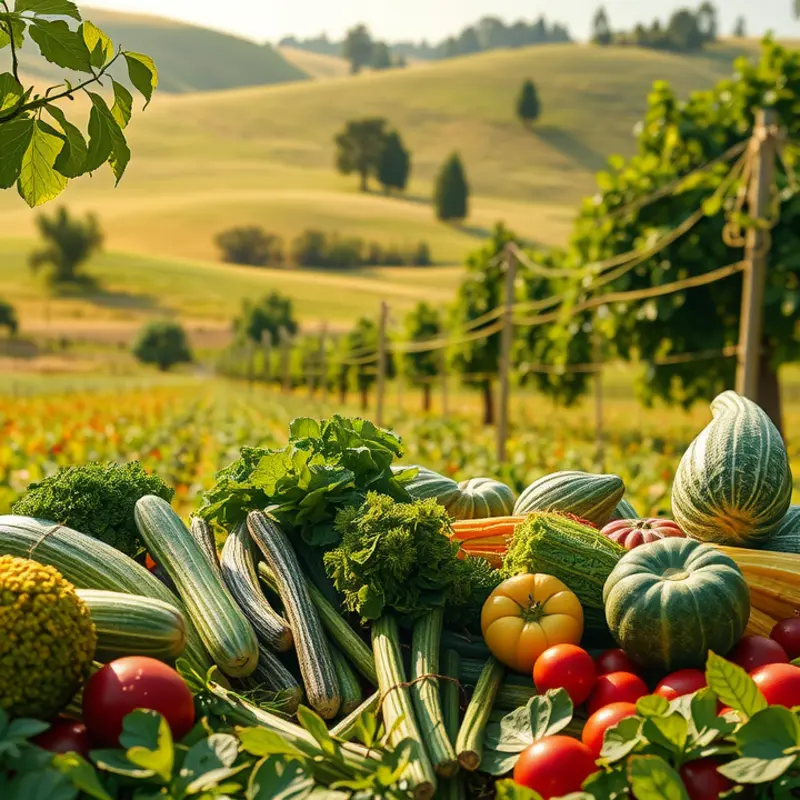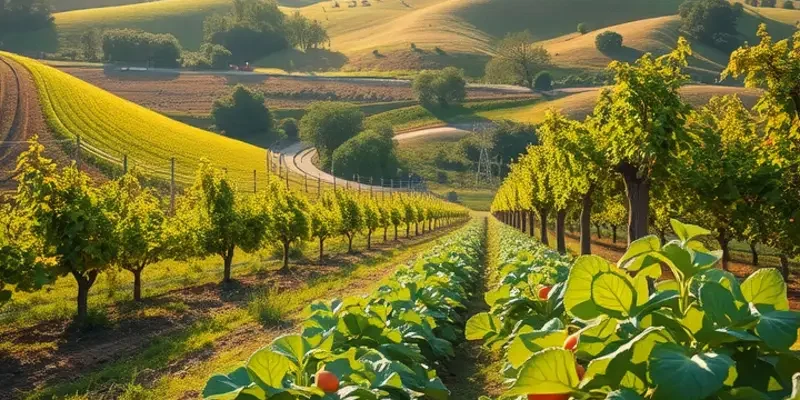Belgium, renowned for its chocolates and waffles, offers a culinary landscape that is both rich and diverse. With its blend of French, Dutch, and German influences, Belgian cuisine embodies centuries of history and cultural exchange. From hearty stews to delicate pastries, the country’s culinary delights are a reflection of its varied regions and traditions, inviting food enthusiasts and cultural explorers alike to discover more than just the well-known dishes. Let’s embark on a delightful exploration of Belgium’s vibrant food culture.
Regional Flavors: A Taste of Diversity

Belgium’s culinary journey is uniquely partitioned into Flanders, Wallonia, and Brussels, each offering a distinct gastronomic experience. In Flanders, culinary traditions are influenced by proximity to the North Sea, leading to a plethora of seafood dishes. Mussels served with fries, known locally as ‘moules-frites’, represent a Flemish classic. The region also prides itself on the rich and flavorful Flemish stew or ‘Stoofvlees’, typically slow-cooked with Belgian beer, a nod to the area’s brewing heritage.
Flanders’ landscapes are dotted with polders and fertile soil, fostering local agriculture that enriches its cuisine. Here, farm-to-table practices are prevalent, with seasonal vegetables and dairy products enhancing traditional meals. The interplay of flavors in Flanders’ stew reflects both local produce and influences from neighboring countries like France and the Netherlands.
Crossing over to Wallonia, the southern region surprises with its hearty and rustic offerings. Wallonia’s cuisine is characterized by robust, farm-inspired flavors that celebrate the region’s agricultural bounty. The Ardennes, with its rolling hills, provides game meats and charcuterie. The famous ‘Boudin Blanc’ and ‘Boudin Noir’, white and black sausages, are staples found in family meals and festive gatherings. Walloon farmers proudly produce rich cheeses, such as the soft Herve, enhancing the eclectic culinary landscape.
Wallonia’s proximity to France has also shaped its dining conventions, with a penchant for rich sauces and slow-cooked preparations. Dishes like ‘Jambon d’Ardenne’, a salt-cured ham, reflects both the region’s historical French ties and its own unique flavor.
In Brussels, the culinary experience takes a cosmopolitan leap. Known for its exquisite waffles adorned with variations of toppings ranging from fresh fruits to decadent chocolates, the city’s streets echo with tempting flavors. Brussels’ international vibe means its cuisine is a melting pot, marrying local traditions with global influences. The capital’s famous frites, or fries, are best when enjoyed with traditional Belgian mayonnaise, crunchy on the outside and soft within.
Brussels is often fondly referred to as the heart of European culture. This diversity is visible in its markets, where one can encounter a unique blend of flavors brought by the city’s multicultural community. Its cuisine is also well attuned to the idea of practical ingredient batching that embraces efficiency without sacrificing flavor.
The geographic positioning of Belgium plays a vital role in this diversity. With Flanders open to the North Sea, fresh seafood is a staple. Wallonia, cradled by forests and valleys, leans toward game and hearty flavors. Meanwhile, Brussels encompasses a fusion, celebrating both local and international culinary traditions.
Together, these regions craft a mosaic of flavors that showcase Belgium’s ability to maintain its rich culinary history while embracing modern culinary innovations. It’s a place where the old meets the new, and regional ingredients tell stories of the lands they come from.
Iconic Treats: The Sweet Side of Belgium

Belgium, a nation celebrated for its exquisite culinary offerings, presents a world of sweet sensations. At the heart of this indulgence lies Belgian chocolate, universally acknowledged for its high-quality ingredients and meticulous craftsmanship. Belgian chocolatiers continue the age-old tradition of transforming cocoa into silky masterpieces. The secret lies in an unwavering commitment to quality; Belgian chocolate must contain at least 35% pure cocoa, with many varieties surpassing this standard.
Among the signature creations of Belgian chocolate artistry are the renowned pralines. This delightful confectionery wraps rich creamy fillings like ganache or luscious nuts in a delicate chocolate shell, with each piece crafted with precision. The process of making pralines often involves a unique tempering technique, which ensures a shiny finish and satisfying snap. Chocolatiers across Belgium take pride in their distinct recipes, creating flavors that range from traditional hazelnut to daring combinations of exotic spices and fruits.
Moving beyond the realm of chocolate, Belgium’s waffles offer another irresistible treat. These golden delights come in two main varieties: Brussels and Liège. The Brussels waffle is airy and crisp, identified by its large rectangular shape and deep pockets. Traditionally dusted with powdered sugar, they are often served with whipped cream, fresh berries, or a drizzle of chocolate.
In contrast, the Liège waffle is rich and dense, with a chewy texture owing to the pearl sugar mixed into the dough, which caramelizes upon cooking. It boasts an uneven shape, imparting a rustic charm. This waffle variety is a street food staple, typically enjoyed hot off the iron, often without additional toppings, allowing the distinct caramelized sugar to shine.
The origins of these waffles are deeply ingrained in Belgian culture. Brussels waffles first gained international fame at the 1964 New York World’s Fair, where they captivated American audiences. Meanwhile, Liège waffles hail from the city of the same name, with roots tracing back to the 18th century. Today, both types serve as quintessential Belgian street food, enjoyed by locals and tourists alike.
Belgium’s commitment to crafting exceptional sweets goes beyond chocolates and waffles to include a wide array of pastries and desserts. In the patisseries, you’ll find tarts bursting with local fruits, light-and-fluffy éclairs, and meticulously prepared cakes. Each creation reflects a deep respect for tradition and a passion for innovation, characteristics that define Belgium’s culinary ethos.
Tapping into the essence of Belgian sweets not only satisfies the sweetest of cravings but also connects you to a heritage rich in gastronomic artistry. Each bite offers a sensory journey into the nation’s history and culture—one where indulgence meets time-honored tradition. For additional inspiration on exploring global pastry traditions, you can visit this resource. Whether enjoyed in a bustling city square or a quiet café, Belgian sweets promise a taste of pure delight.
Final words
Belgian cuisine stands as a testament to the nation’s rich history and cultural interplay. The unique offerings from various regions not only satisfy the palate but also tell stories that embody hospitality and tradition. Whether savoring the last bite of a decadent chocolate or sharing a plate of frites with friends, each dish is a nod to Belgium’s heritage. For food enthusiasts and the culturally curious, diving into Belgium’s culinary landscape promises not just a meal but an adventure through flavors and experiences. Take the opportunity to explore and indulge in what this delightful country has to offer!








